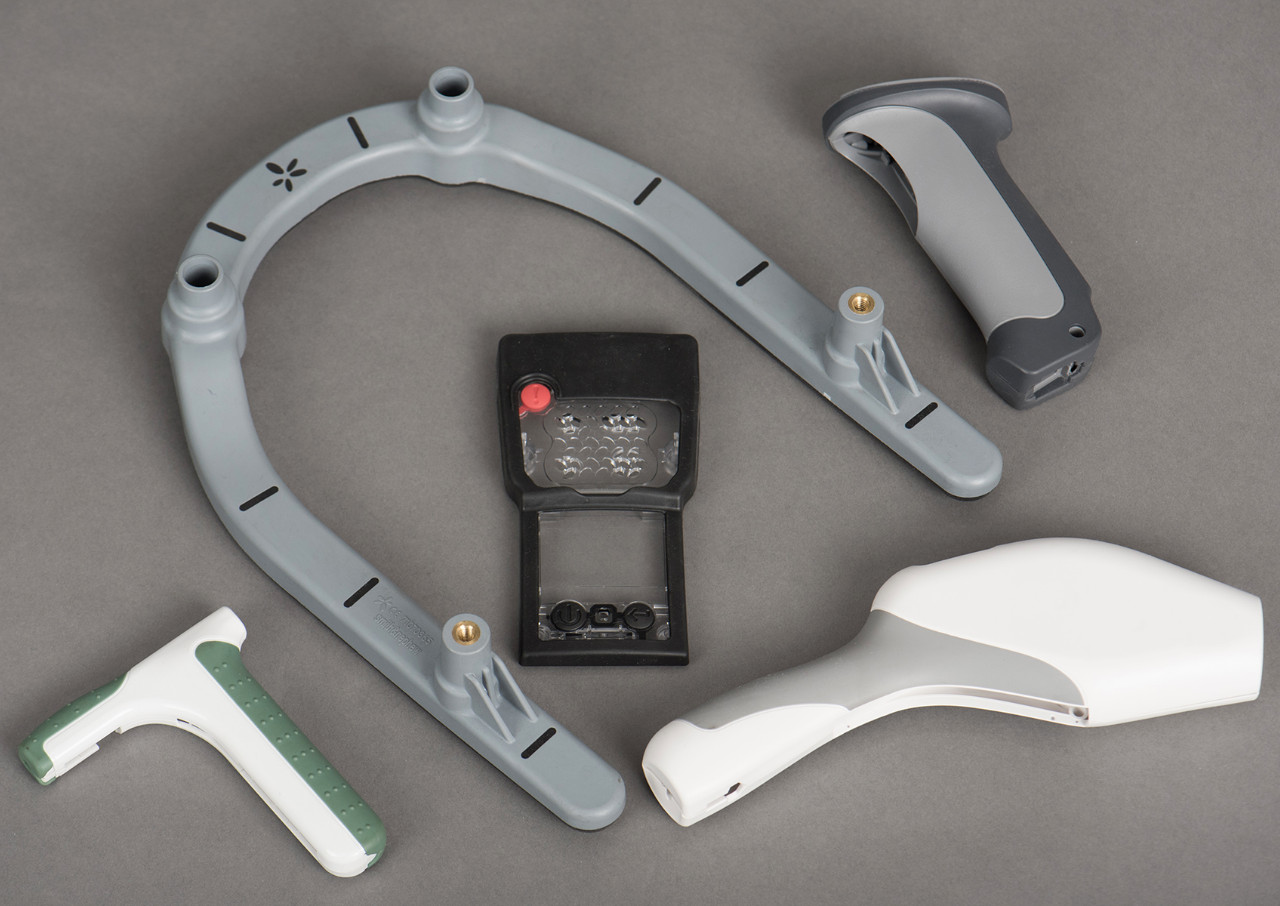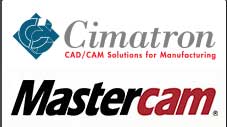Injection molding is a manufacturing method that produces large quantities of parts. Injection molding is used most often in mass production processes, where the same part is being produced thousands to even millions of times.
Why you might want to use injection molding
Injection molding has the advantage of scaling production in large quantities. After the initial costs are paid, the cost per unit for injection molding manufacturing is very low. As more parts are manufactured, the price tends to drop dramatically. The following are other benefits:
Injection Molding Has Low Scrap Rates
Injection molding has a lower scrap rate than traditional manufacturing processes such as CNC machining, which can remove large amounts of the original sheet or block. However, this can be a problem relative to additive manufacturing processes such as 3D printing which have lower scrap rates.
Four areas are common for waste plastic in injection molding manufacturing:
- The sprue
- The runners
- The location of the gate
- Any material overflowing from the part cavity ( , a condition known as “flash”).
A thermoplastic material, such an epoxy resin, cures when exposed to air. It is a material which will burn if it is attempted to melt. A thermoplastic material is, however, a plastic material that can melt, cool, solidify and then be melted again.
Thermoplastic materials can be recycled and reused again. This can sometimes happen right at the factory floor. They then grind the runners and sprues. They then add the material to the raw material for the injection molding press. This is called “re-grind”.
Quality control departments typically limit how much regrind can be put back into the press. Plastic can lose some of its performance properties as it is repeatedly molded.
If they have enough, the factory can sell their re-grind material to another factory that can use it. Regrind material is typically used for parts with low quality and minimal performance.
Injection Molding Leverages Repetition & Consistency
It is extremely repeatable to do injection molding. This means that the second part you make will be almost identical to the previous one. This is a great characteristic for high-volume production that aims to achieve brand consistency and part reliability.
So… What’s the Downside to Injection Molding?
Injection molding is a large-scale manufacturing process that can lead to huge logistical and financial consequences. Although the margin of error may be small, the consequences can be significant.
Small design errors can result in huge costs with injection molding
Due to the design, testing and tooling requirements, upfront costs can be quite high. You want to ensure that you have the right design for high-volume production. This is more difficult than you might imagine.
The following are essential steps to get the design right:
- Designing the part and prototyping it to specification. This is usually done on a 3D printer. The prototypes are made in a different material.
- Designing an injection mold tool to produce 300-1,000 prototypes
- Detailing the injection-molded prototypes before they are put into mass production
This is still an excellent option for the right projects if you have the right veteran voices.
For injection molding, be prepared for high tooling costs
The tooling phase is only one of the many phases of injection molding.
To produce an injection-molded part, must first design and prototype the part (probably using 3D printing or CNC).
Next, you will need to create and prototype a mold tool which can make replicas of the part in quantity.
Finally After extensive testing in both the previous stages, is where you can injection mold a piece.
You can see that it takes both time and money to perfect a tool before mass production. Rarely would you prototype an injection molding tool. However, it does happen for parts that are made in multi-cavity tools.
How to adjust your injection molding
It can be difficult to make adjustments because tools are usually made of aluminum or steel, which is a very hard material. You can always add plastic to the part by making the cavity bigger.
You can remove plastic by reducing the cavity of your tool. This can be very difficult. In many cases, you will have to throw away the entire tool or part of it and start again. You might also be able weld metal in the unwelded area.
It is critical to have a uniform wall thickness
Injection molding requires uniform wall thickness. The Panasonic mold’s wall thickness is about 2-3mm. If you cut a cross-section, you will see this. To prevent sink marks and inconsistencies during cooling, it is important that walls are not too thick.
It is a good rule of thumb to keep walls below 4mm thick. The thicker your walls, the more material you will need and the longer your cycle time.
If the wall thickness is less than 1mm, you may have trouble filling your mold tool. This could lead to gaps or shorter shots. This can be compensated for by designers using Nylon, which has a higher melting index and is suitable for walls as thin 0.5mm.
Different manufacturing techniques, such as CNC, don’t require uniform wall thickness.
Restrictions on Larger Injection Molds
Injection molding can often not produce large parts in one piece. This is due to both the limitations in the injection mold machines and the mold tools.
Take the Target shopping carts as an example of large-sized injection-molded parts. The machinery can mold large parts (e.g. It can mold large pieces (e.g., 1000-ton presses) but it is expensive to use.
This is why larger objects than can be molded in a standard injection molding machine are often made in multiple pieces.
While CNC machines are limited in product size, 3D printing is more restricted. The travel and size limitations of CNC machines are limited, while 3D printing large parts may need to be printed in multiple pieces before being bonded together.
Experienced design is required to avoid large undercuts, which can add cost to the project.
Is injection molding the right option for my project?
These are some things to consider before you attempt to make a part by injection molding.
Begin with financial considerations
It is important to calculate the production cost of injection molding.
You will need to calculate the production cost of the parts at which you expect your investment to be profitable. This includes the costs of testing, design, manufacturing, assembly, marketing and distribution, as well as the expected sales price. You should include a conservative margin.
Don’t forget to include entry costs. A large investment is required to prepare a product for injection molding manufacturing. This is a crucial point to remember.
Next, let’s talk design considerations
Part design should be done from the beginning with injection molding in mind. It pays off to simplify geometry and reduce the number of parts as early as possible.
The top priority when designing a mold tool is to avoid defects in production.
Getting Production Right for Injection Molding
This is where cycle time is critical. Reduce cycle time wherever possible. As well as hot-runner technology, well-designed tooling will also help. Even small changes can make a huge difference. If you are producing millions of parts, a few seconds can save you a lot of time.
The assembly process is closely tied to production. To minimize assembly, you will need to design your parts. The cost of assembling simple parts in an injection molding run is a major reason injection molding is popular. You can save money by designing assembly from the process.
Injection molding: The bottom line
Injection molding can be used to produce finished products on a large scale. It can also be used to create finalized prototypes for product and consumer testing. 3D printing can be used for products that are still in their early stages of development, but it is more cost-effective and flexible than this later stage.


